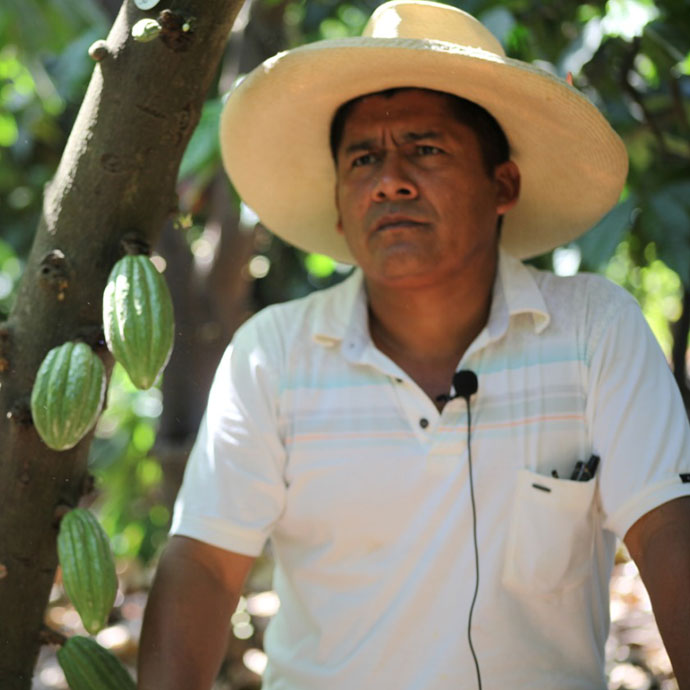Piura White
Type
Central Fermentary
Location
Piura and Ayabaca provinces
Tasting Notes
Malt, Sugar cane, Nutty
Varieties
Native Criollos with ~30% white beans
Fermentation Style
Wooden Boxes
Drying Style
Sun dried, shade finished
Elevation
50 - 400 meters
Harvest Season
Main Harvest Feb - May , Minor harvest Sept. - Nov.


